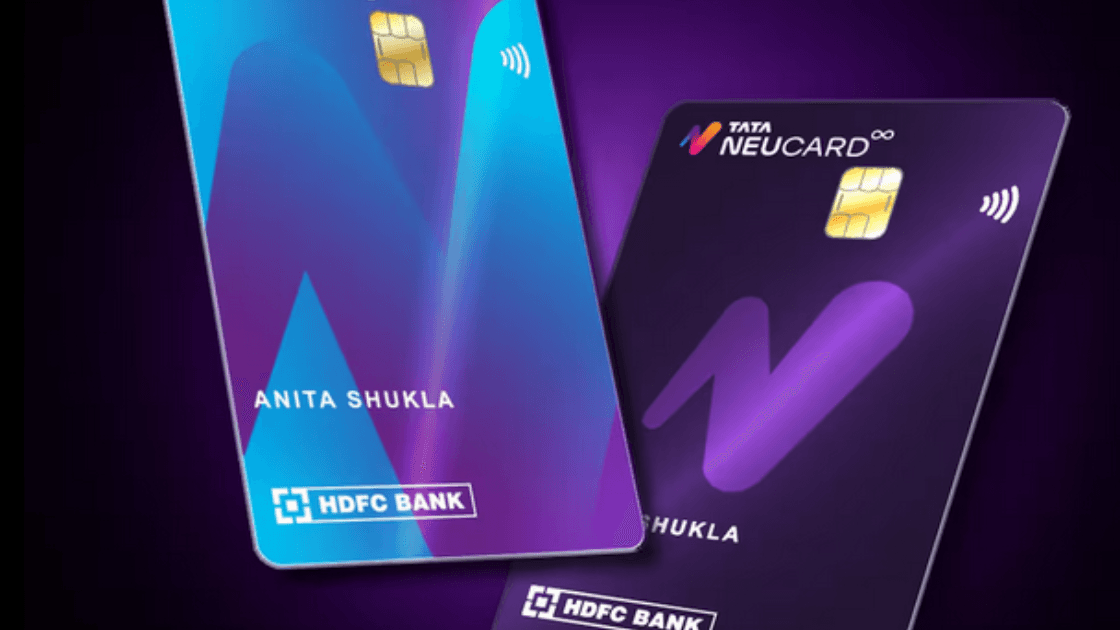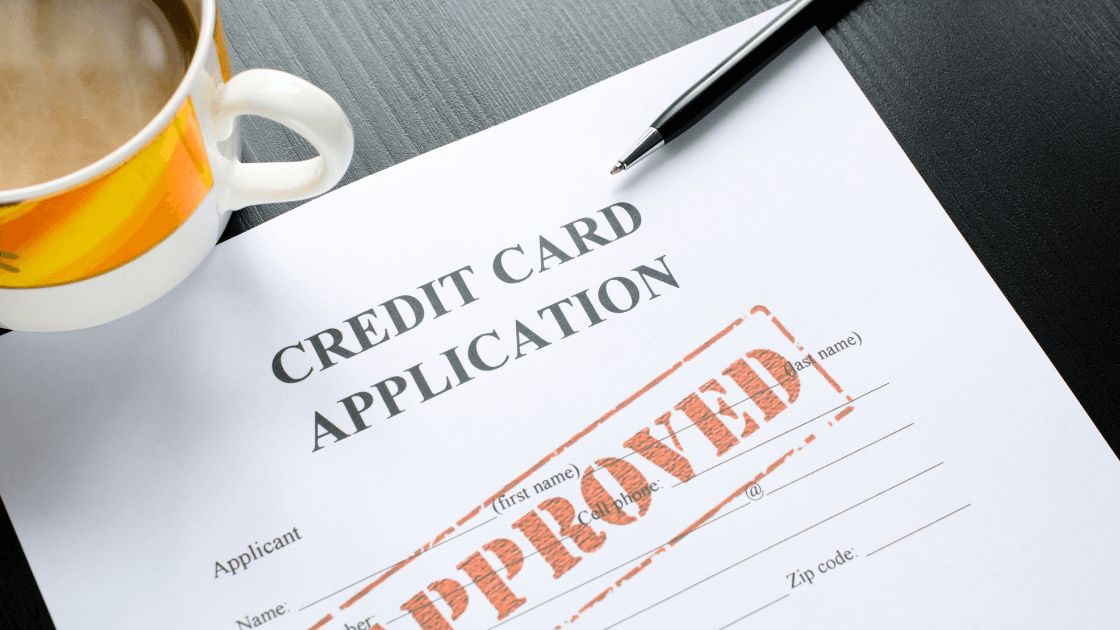
Cards
•04 min read
-ed507771-df04-4fb3-9af5-bae11cb611a6.png&w=3840&q=75)
Ever wondered what the unbilled amount in credit card meaning is and how it affects your available credit? You’re not alone. In this guide, we break down the concept of unbilled amounts in credit cards so you can understand how they work and why they matter. Readers will gain clarity on what constitutes an unbilled transaction, its impact on their available credit, and how to manage these amounts effectively for smoother financial planning.
An unbilled amount refers to transactions made after the last billing cycle that have not yet been included in your current statement. For example, if your billing cycle ends on the 15th of the month, any purchases made on the 16th or later will be recorded as unbilled until the next cycle begins. This means that these transactions, while already deducted from your available credit, do not immediately show up on your statement.
Some essential points to note:
The unbilled amount is a part of your overall credit limit.
It will be added to your next monthly statement.
No interest is charged on these amounts until they are billed, unless you use revolving credit options.
This explanation also holds true when you explore the concept in different languages, such as when searching for unbilled transaction meaning in Hindi. The core idea remains consistent across all platforms.
A clear understanding of how billing cycles operate is key to managing your finances effectively. Every credit card has a specific cycle during which your transactions are accumulated, and at the end, a statement is generated. This statement outlines both your billed transactions and any prior balances. It also indicates the due date by which the payment must be made.
Consider these points to understand the cycle:
The cycle has a definite start and end date.
Transactions made within the cycle are billed at the end of the period.
Transactions done after the cycle’s end become the unbilled amount, appearing in the subsequent statement.
It is important to differentiate between the unbilled amount and the outstanding amount on your card. The unbilled amount consists solely of recent transactions not yet captured in your statement, while the outstanding amount includes both billed and unbilled amounts, representing your current total liability. A simple table or infographic can help illustrate this distinction, making it easier for you to visualize your financial commitments.
Knowing what constitutes an unbilled amount is an important part of keeping your finances in check. Although these amounts are yet to be officially billed, they still count toward your overall credit limit. This means that every transaction reduces the available credit you have for future purchases.
Here’s why keeping an eye on your unbilled amounts is beneficial:

It helps in better financial planning by allowing you to monitor how much of your credit limit has already been utilized.
Regular monitoring prevents overspending and unexpected surprises on your next billing statement.
Even though unbilled amounts do not accrue interest until billed, managing your overall outstanding balance is crucial to avoid any late payment issues on billed amounts that could lead to compounding interest.
For those wondering when to pay unbilled amount in credit card or seeking a deeper understanding such as unbilled amount in credit card meaning Tata Neu HDFC Bank Credit Card, remember that you only need to make the payment once these amounts are officially billed. Keeping track through your banking app or online portal can simplify your financial responsibilities.
Managing your unbilled amount is all about staying informed and keeping a close watch on your transactions. Here are some straightforward ways to do that:
Log into your online banking portal where you can view your current transaction history. Your unbilled amounts are clearly listed, keeping you informed of recent purchases that have yet to be billed.
Most financial institutions offer mobile apps that provide real-time updates, allowing you to stay on top of your unbilled amounts. With Tata NeuMoney, you can effortlessly track your unbilled transactions directly from the app, ensuring you stay on top of your finances.
Enable SMS notifications for your credit card. This way, every transaction will alert you immediately, ensuring that you do not overlook any unbilled amounts.
If you’re ever in doubt, reaching out to customer support is a reliable option. They can provide you with clear details regarding your unbilled transactions and any other queries you may have.
For effective management, here are some best practices:
Monitor your transactions frequently via your banking channels.
Set a personal spending limit to avoid reaching your credit limit unexpectedly.
Plan your payments in alignment with your billing cycle to prevent any last-minute surprises.

There are a few common misunderstandings when it comes to unbilled amounts. One frequently encountered myth is that unbilled amounts do not affect your credit limit. In reality, these transactions are deducted from your total available credit even though they haven’t been reflected in your statement yet. Another misconception is that unbilled amounts start accruing interest immediately. They do not; interest is typically applied only after the amounts are billed unless there’s an option for revolving credit.
Unbilled amounts are transactions made during the current cycle but not yet billed, while outstanding amounts include all billed and unpaid transactions.
You don’t need to pay unbilled amounts until they are officially billed, but keeping an eye on them helps you manage overall spending.
You can check it using your bank’s mobile app, net banking portal, or by contacting customer service.
No, the unbilled amount itself does not impact your credit score unless it leads to overspending and subsequent missed payments.
Yes, disputes can be raised by contacting your credit card issuer as soon as you notice any discrepancy.
Understanding unbilled amounts is a key element to managing your credit card effectively. These amounts represent transactions made after your last billing cycle and are an integral part of your overall credit limit. By regularly monitoring your unbilled transactions through net banking, mobile apps, or SMS alerts, you can avoid surprises and keep your financial planning on track. Informed management of your credit helps ensure that when the billed statement arrives, you're well-prepared, which in turn aids in maintaining a healthy financial outlook.